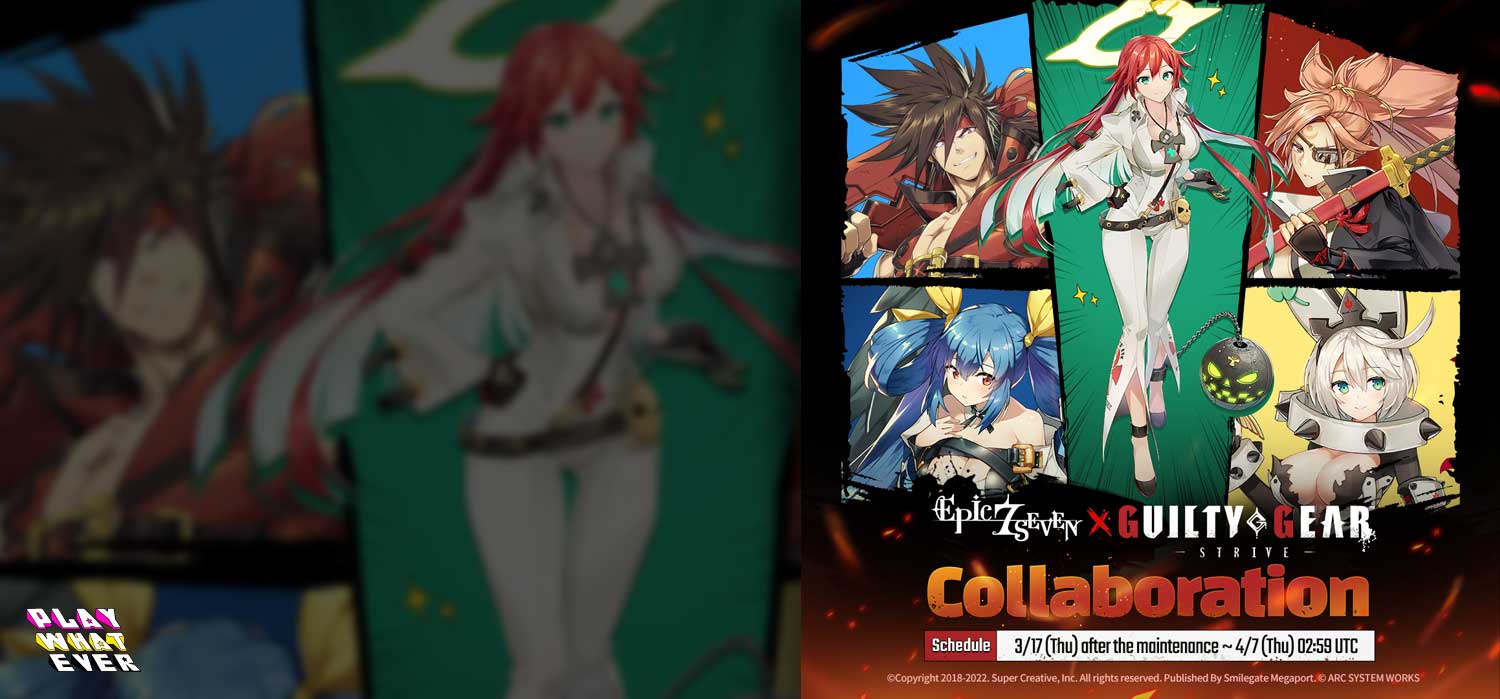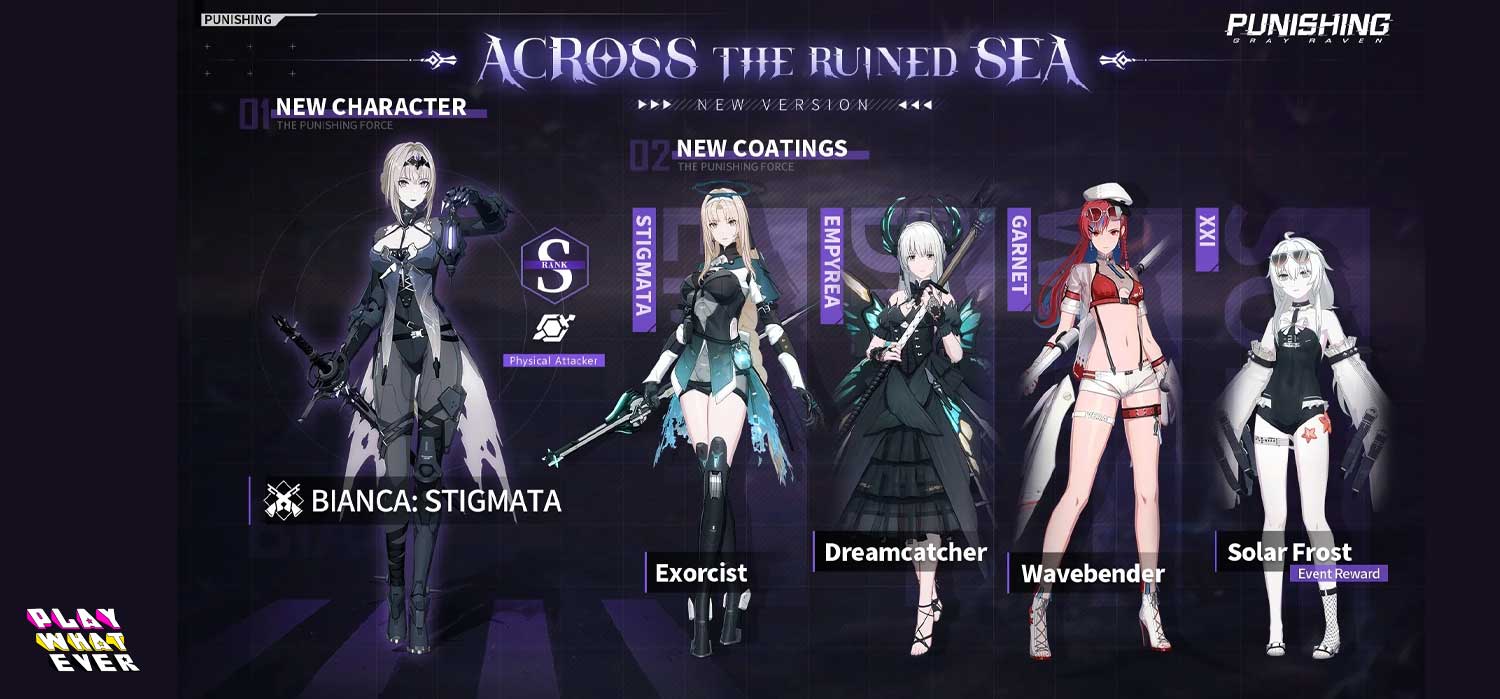Are Gacha Games Dangerous?
Gacha games are trendy for mobile and PC gamers. If you play games, you've probably heard of the term "gacha game." If not, you will soon, so check out our guide on what a Gacha Game is here on PlayWhatever before you continue.
Gacha games appeal to gamers and players who love to collect things. Completing a set or having a rare item is akin to being a trading card collector with a very rare Pokemon card that is worth hundreds of dollars.
Although I love gacha games, I've learned the hard way how dangerous they can be. After all, you are paying for luxuries that can only be enjoyed in-game. Well, except for some bragging rights to friends in real life, most of the Gacha game prizes are gone if the game were ever to shut down.
Game marketers use common mechanics or tactics to draw gamers into the never-ending cycle of the gacha pulls. Review the list below so you can catch yourself before making that next draw for your shiny new waifu or the ultimate weapon, and make the smart choice to have the least amount of regret at the end of the day when you're closing out the game.

Gacha Game – Marketing Ploys
Price Anchoring
Have you ever seen an expensive pack of pulls and another pack right next to it at a cheaper per-pull price? Or the other way, where you see 1 pull for $0.99 but 10 pulls for $5.99?
This is called price anchoring. Gamers, or consumers, make purchase decisions based on what we perceive as a "good value." By showing a set price for one and a value-added price for another, we automatically think we are getting a better deal. This allows the game to make more money by encouraging gamers to purchase the higher dollar value pack or item.
Intermediate Reward System
Gacha games often have a system where you can earn rewards or pulls for the gacha system by completing tasks. Many gacha games require such tasks to be completed sequentially or repetitively to earn prizes. Games can generate additional revenue by implementing a pay system where you can earn such currency even without spending time completing the tasks.
Near Miss Tactic
When gamers do not get the desired item, they are often shown the rarer item or character they could have had. This is usually achieved by an image, a progress bar, or by returning to the drawing screen with the best possible item selection shown at the end of the gacha pull or draw. It's a tease tactic that often works and can persuade gamers to try again.
Fear Of Missing Out (FOMO)
Many gacha games hold limited-time events. Often, these events are collaborations and have items that can give the player an advantage in the game. These events promote a sense of urgency and increase the item's rarity.
If the player has yet to save up the in-game currency required, they are more likely to directly purchase the currency for a chance to get the item before the event ends. So, the timing or frequency of such events is often debated in many gacha game circles. Poorly managed gacha games can have too many events in a short period, alienating F2P players and diminishing the player base.
Limited-time events also encourage gamers to check back consistently to play the game because the gamer may fear missing the next limited event and items.
Pity System
Another trap that gacha games often employ is the pity system. These models use an "eventually guaranteed drop," where you are guaranteed to win an item after a number of pulls or currency spent.
The pity system can work in two different ways. One is where the chance of pulling the item is increased per pull. The other is several set pulls or turns before you are 100% guaranteed to pull the item.
Banners
Banners are a term used to describe a "pool" or set of available items - whether that is available to gacha. Some banners are perpetual, while others are for a limited time.
Setting banners is also a tactic to increase a player's chances of spending currency in the game, as you often have to pull on different banners to get a specific item or character that's available only for that particular banner.
Consecutive Gacha or Step-Up Gacha
In the consecutive gacha system, the game rewards you when you make bulk rolls. This can mean per roll, for example, sending more currency to roll multiple times at once, or per round, meaning pulling various rounds. In the Step-Up gacha system, milestones per number of rolls can grant you items, more rolls, or even a higher chance of pulling the desired item.
Complete Gacha
Although banned in Japan in 2013, the complete Gacha system gave players parts to a rare item that needed to be assembled to make the rare object.
In this mechanic, the first several items can be acquired quickly, encouraging the player to keep going. However, the dark side of this system is the drop rate of a few items with incredibly low drop rates, and without those items, the item cannot be obtained.

Are Gacha Games a Scam?
While most gacha games are not scams, there have been instances in the past where developers have redone events or compensated victims of a gacha event or banner gone wrong.
Just make sure that before pulling on the next banner for the shining new item, you understand how these gacha mechanics work and that you have ample means to support your gaming hobby.

















1 thought on “Are Gacha Games Dangerous?”
Noha
Nice